MXB-JTW Metric Thrust Washer For Vehicle Transmissions
Cat:Self-Lubricating Bearing
MXB-JTW metric thrust washers are based on high-strength brass (ZCuZn25Al6), with solid lubricant (graphite or molybdenum disulfide) embedded in the m...
See DetailsGuide rails play a critical role in linear motion systems, ensuring smooth, accurate, and reliable operation. Traditionally, guide rails required frequent lubrication with oils or greases to reduce friction and wear. While effective, these lubrication systems introduced challenges such as high maintenance costs, contamination risks, and inconsistent performance in demanding environments.
To overcome these issues, manufacturers have increasingly turned to self-lubricating guide rails. These components integrate lubrication materials—such as solid lubricants, polymer composites, or embedded lubrication reservoirs—directly into the rail design. This eliminates or reduces the need for external lubrication, extending service life and improving reliability.
Today, self-lubricating guide rails are being widely adopted across multiple industries where maintenance-free operation, cleanliness, and efficiency are essential. Below is a closer look at the key sectors driving this transition.
Content
The automotive sector has been one of the earliest adopters of self-lubricating guide rails. In assembly lines and robotic systems, where precision and uptime are critical, self-lubricating rails reduce downtime caused by lubrication schedules.
Applications:
The reduced maintenance requirements directly translate into lower operating costs and higher production efficiency.
In food processing, packaging, and bottling plants, avoiding contamination is a top priority. Traditional greases and oils pose contamination risks, while constant cleaning and relubrication create inefficiencies.
Self-lubricating guide rails solve this problem by providing lubrication-free operation that complies with hygiene and safety standards. Many rails are designed with FDA-compliant materials, making them safe for direct or indirect food contact.
Applications:
By eliminating external lubricants, these rails support clean, low-maintenance, and hygienic operations.
Similar to the food sector, the medical and pharmaceutical industries require ultra-clean environments. Equipment used in laboratories, diagnostic machines, and pharmaceutical packaging lines must operate smoothly without introducing contaminants.
Self-lubricating guide rails are ideal because they provide consistent performance without external lubrication, which could compromise sterile conditions. They also offer quiet operation, which is valued in hospital and lab settings.
Applications:
This industry values the maintenance-free and clean-running properties of self-lubricating guide rails.
The packaging sector demands high-speed and high-precision machinery that operates continuously. Frequent lubrication interruptions reduce output and increase costs.
By integrating self-lubricating rails, packaging equipment manufacturers achieve faster throughput, reduced downtime, and longer service life for critical motion components.
Applications:
The combination of efficiency and low maintenance makes self-lubricating guide rails increasingly popular in packaging plants worldwide.
The electronics sector requires extremely clean environments for component assembly and semiconductor fabrication. Any oil or grease particles can damage sensitive products or interfere with micro-level precision.
Self-lubricating guide rails are widely used in cleanrooms and precision equipment, where they enable particle-free operation. Their smooth, low-friction performance enhances positioning accuracy in high-tech machinery.
Applications:
This industry adopts self-lubricating solutions to ensure reliability, precision, and contamination-free operation.
Textile machinery often operates at high speeds and over long production cycles, creating significant wear on moving parts. Regular lubrication can be time-consuming and difficult in dusty environments, where lubricants attract fibers and debris.
Self-lubricating guide rails minimize these challenges, providing clean, long-lasting operation without frequent intervention.
Applications:
The result is improved machine efficiency and reduced downtime in textile manufacturing.
In industrial automation and heavy machinery, reliability is key. Equipment often operates in harsh environments where external lubrication may fail or attract dirt and dust.
Self-lubricating guide rails are particularly valuable in these conditions, as they reduce wear and maintain performance even under heavy loads.
Applications:
By replacing traditional lubrication systems, these rails lower overall maintenance demands and extend service life.
The broad adoption of self-lubricating guide rails is driven by several universal benefits:
Industries ranging from automotive, food and beverage, medical, packaging, electronics, textiles, to industrial automation are increasingly adopting self-lubricating guide rails as replacements for conventional lubrication systems. The move is motivated by the need for cleaner, more efficient, and lower-maintenance solutions that align with modern manufacturing standards.
As technology advances, self-lubricating materials will continue to evolve, expanding their role in even more industries where reliability and performance are critical. The growing adoption across diverse sectors demonstrates the pivotal role self-lubricating guide rails play in shaping the future of motion systems.
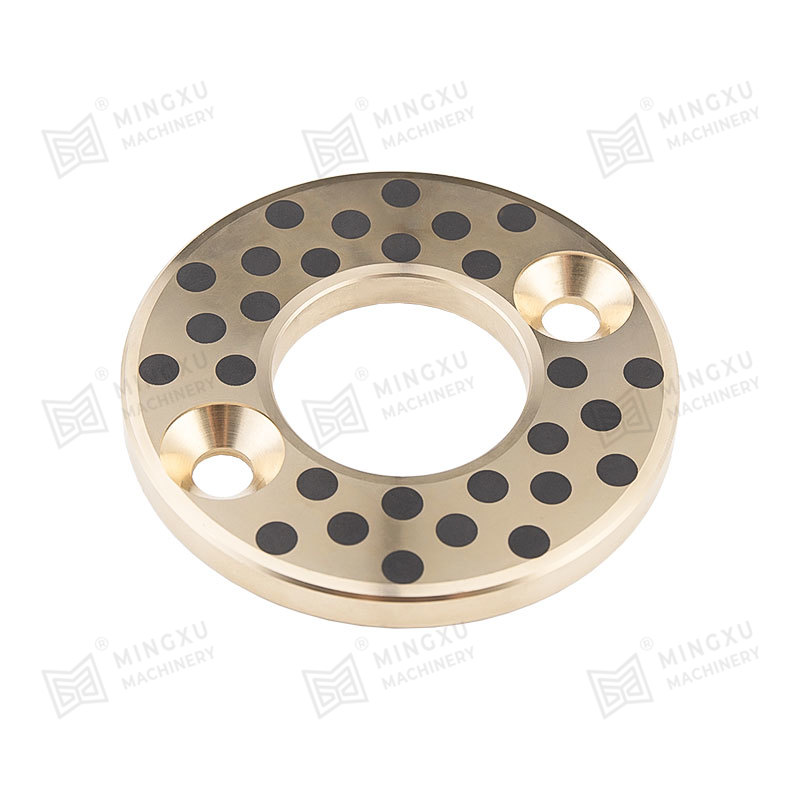
MXB-JTW metric thrust washers are based on high-strength brass (ZCuZn25Al6), with solid lubricant (graphite or molybdenum disulfide) embedded in the m...
See Details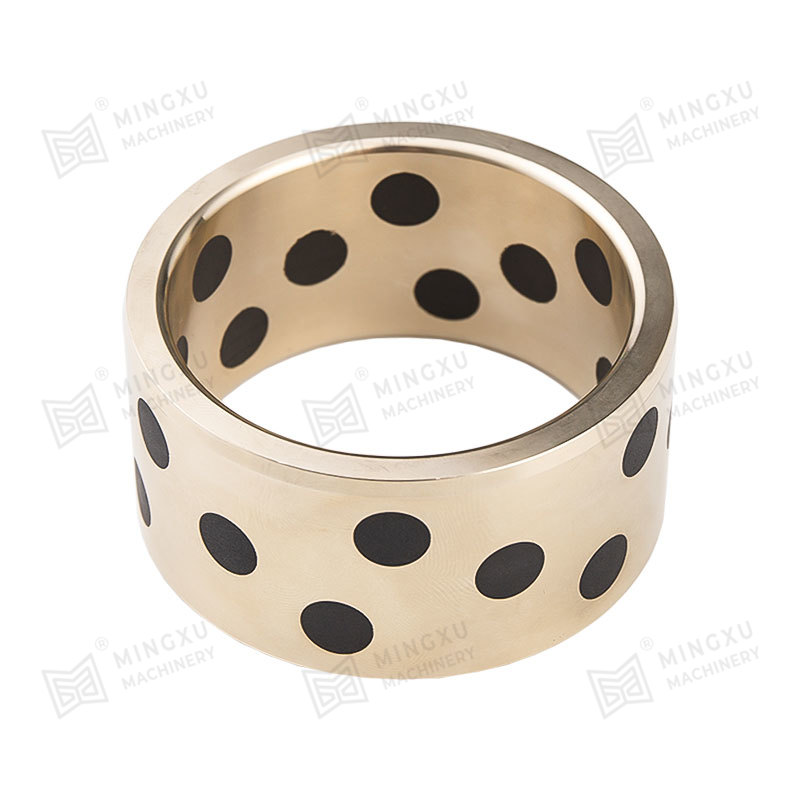
MXB-JDB self-lubricating bearings, also known as graphite inlaid bronze bushings, are novel lubricating bearings that have both the characteristics of...
See Details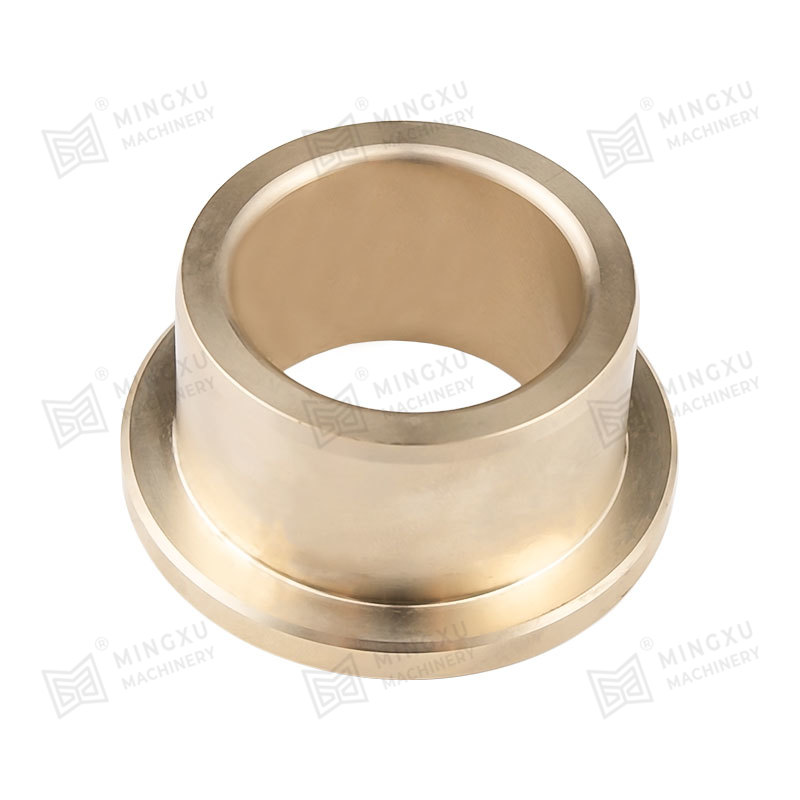
MXB-JDBUF self-lubricating casting bronze bearings combine the advantages of self-lubricating and flange design. The raw materials are made of high-qu...
See Details
FB090 bronze bearings are made of tin bronze alloy CuSn8. The surface can be rolled with diamond or hemispherical oil holes and oil grooves according ...
See Details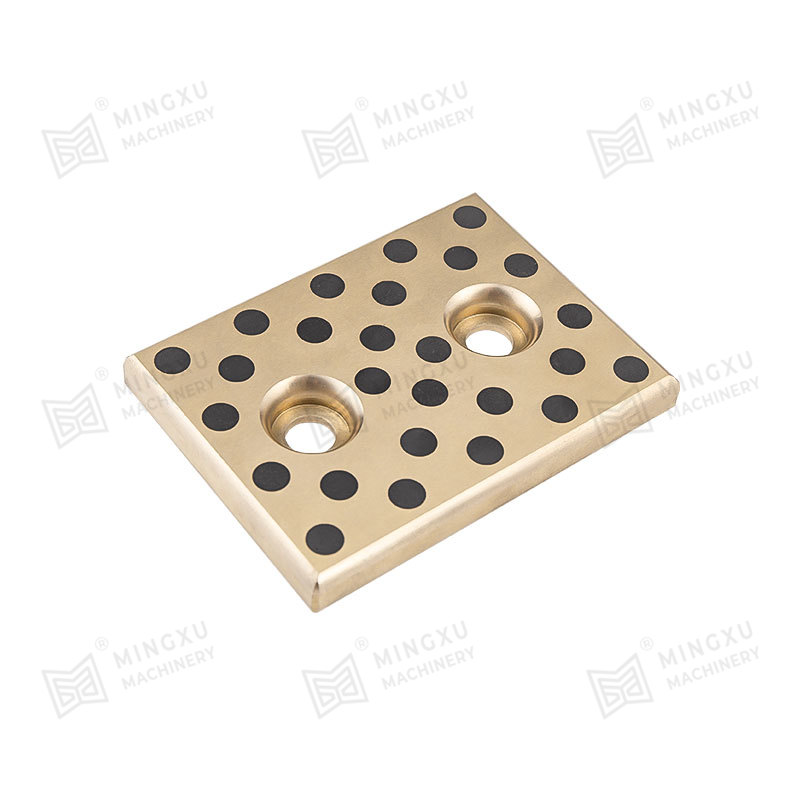
MXB-JSP self-lubricating wear-resistant plate is suitable for injection molding machines, automotive stamping molds, tire molds, factory machinery (ex...
See Details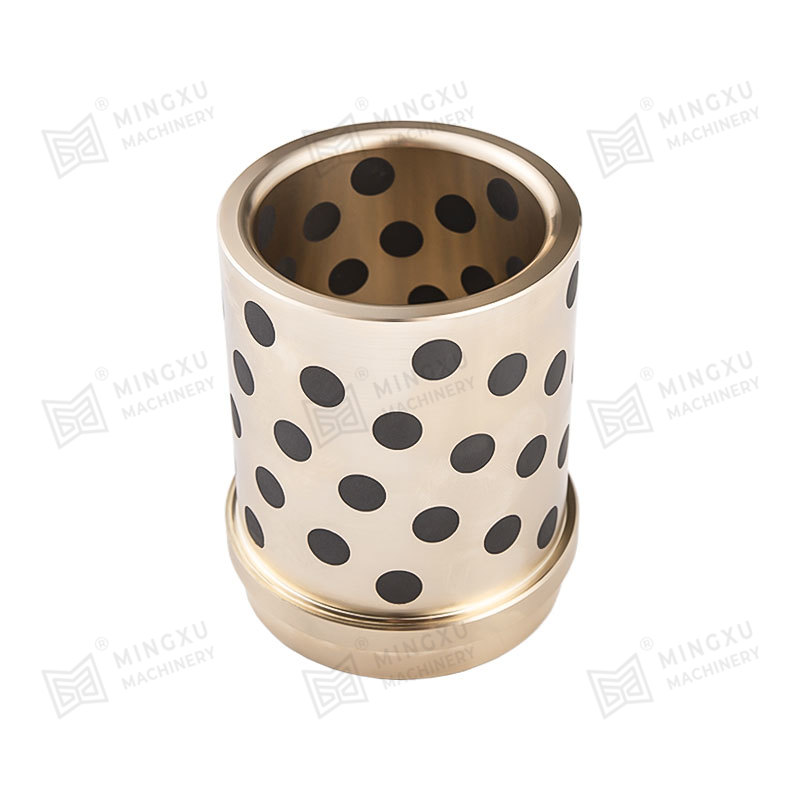
MGB9834 DIN9834 standard guide bushing complies with DIN9843 standard and is suitable for European automotive stamping dies. It is designed to provide...
See Details
Circular guides are frequently used in automobile panel molds and large stamping molds. The mold base and unloading plate guides usually use self-lubr...
See Details
MX2000-2 nickel graphite dispersed alloy bearing is a new product among solid lubricating bearings. Compared with TF-1, this product has the character...
See Details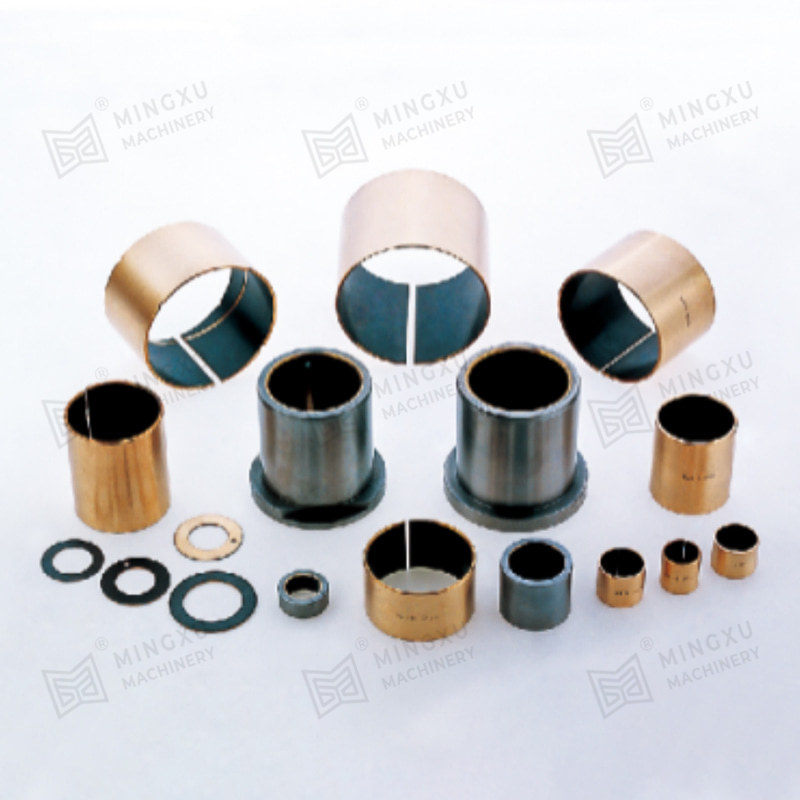
SF-1B bronze basic bearing is made of tin bronze as the base, sintered bronze spherical powder in the middle, and rolled PTFE and high temperature res...
See Details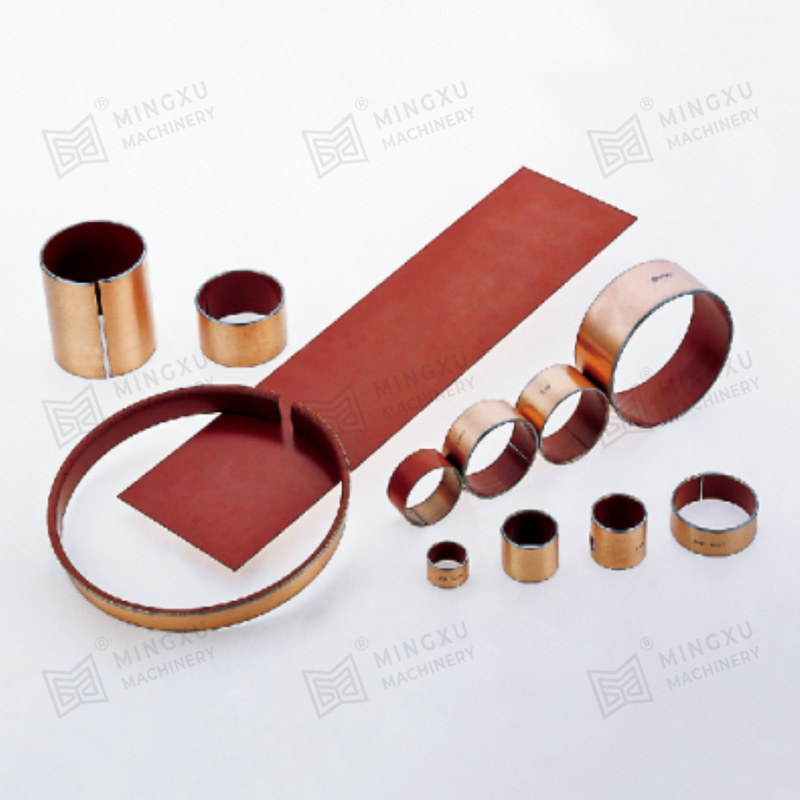
SF-1D hydraulic bearing is a new type of material designed based on SF-1P and combining the working principle of oil cylinder and shock absorber. It i...
See Details
Contact Us